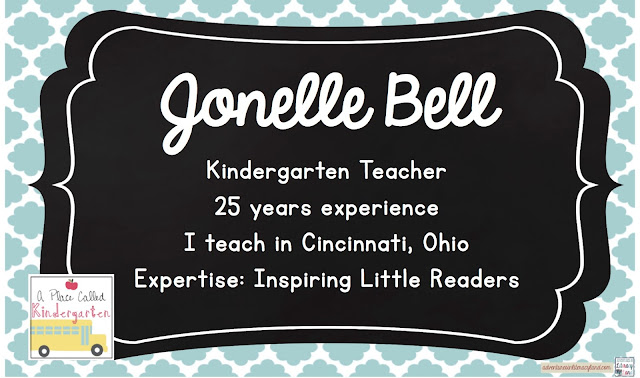Teachers know text is the key.
Teachers are quick
to incorporate Read Alouds, both fiction and non-fiction, into lessons for
reading skills, math, science and social studies. We practice words, but we have to make sure we are practicing words in text. Here are 5 reasons.
Practice
If you want a child to be better at piano,
you make them practice. If you want a
child to be better at soccer, you make them practice. If you want to child to be better at dance,
you make them practice. If you want a
child to be better at reading, you make them practice. You would not give them a piece to play on
the piano ONCE. You would not have them
kick a soccer ball ONCE. WHY would you expect a student to become a
successful reader with one glance at a book.
Students need to have the books from small group at their disposal to
develop comprehension, fluency and expression. They need practice every day...with new books every day! I provided each student with a gallon-sized Ziploc(R) bag. Each day they get give me the oldest book in their bag and they get a new book. There are always 5 books in their bags. They need LOTS and LOTS of exposure to text on their level! Practice makes permanent.
Practice with Known or Familiar Words
Word
wall words or sight words CANNOT be learned in isolation. Well, they can be…but, why would you? When students are just beginning to connect
letters to sounds and sounds to words every connection made clear makes an impact
on their learning. Typically a
word or two is repeated in predictable text can not only provide further
practice with fluency, students are practicing sight words on every page. As they become more and more familiar with
these books the sight words become easily recognized and ingrained.
Responsibility
Responsibility
is another key skill for early learners.
Giving them the responsibility of their book baggie allows them to have
a part in their learning. They need to
bring the book baggie to the small group table.
They need to make sure their book baggie is put in the proper
place. They need to make sure their
books are kept in the baggie.
Responsibility is another key skill for early learners. Giving them the responsibility of their book baggie allows them to have a part in their learning. They need to bring the book baggie to the small group table. They need to make sure their book baggie is put in the proper place. They need to make sure their books are kept in the baggie.
Independence
Independence
is one of the most important skills students can acquire through books. After a small group lesson students keep the
book in their book baggie (a Ziploc® bag with their name). These bags are kept in a specific place in
the room. When students are finished with
their work, they can get their book baggie and sit in the classroom library to
read. They know how, when, and where to
read their books and it’s up to them to do it.
LOVE
Finally,
putting books in the hands EVERYDAY creates a routine of reading. When the routine is created a love of reading
can grow. Students who know they will
read every day and they will be successful every day. Success feels good…so reading will feel good,
too. AND THEN...love will grow!
Give them the books. Don't be afraid! It will make all the difference!























